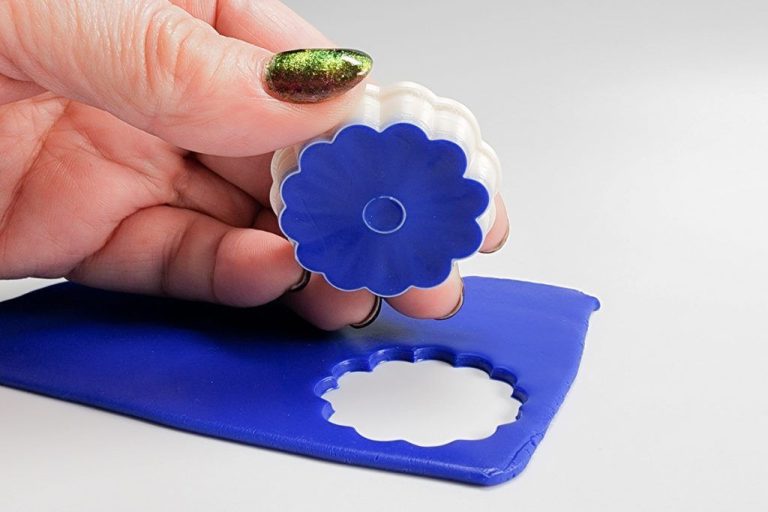What Do The 3 French Hens Represent?
Introducing the 12 Days of Christmas
The “Twelve Days of Christmas” refers to the festive Christian season that starts on December 25 (Christmas Day) and ends on January 5 (Twelfth Night or Epiphany Eve). This period is also known as Christmastide or the Twelve Holy Days. The Twelve Days of Christmas celebrates the nativity story of the birth of Jesus Christ.[1]
The popular Christmas song “The Twelve Days of Christmas” enumerates a series of increasingly grand gifts given on each of the twelve days. While the exact origins of the song are unknown, it is believed to have originated as a children’s forfeit game in 18th century England. The song acts as a mnemonic device to remember the 12 days of Christmas, with each verse representing a day and its associated gift.[2]
The Role of Gifts in the 12 Days of Christmas
The 12 Days of Christmas song famously lists an increasingly elaborate series of gifts given on each of 12 days. While the carol may seem whimsical, the gifts are thought to hold deeper meaning and significance. The progressively grander gifts likely represent the concepts of God’s love and sacrifice. As each day passes leading up to Christmas, anticipation builds towards the coming celebration of Christ’s birth.
According to some interpretations, the initial modest gift of a partridge in a pear tree represents Jesus Christ. With each successive day, the gifts become more extravagant, starting with turtle doves, then French hens, calling birds, gold rings, and so on. The escalating value and number of the gifts symbolizes God’s abundant and growing blessings bestowed on the faithful. The 12 days culminate in the celebration of the greatest gift from God – the birth of Jesus on Christmas day. [1]
So while the lyrics recount increasingly impractical gifts, they metaphorically express Christian theological concepts. The 12 Days of Christmas cleverly uses the anticipation and excitement of receiving gifts to reflect on the theological significance of the Advent season.
The 3 French Hens
On the third day of Christmas, the gift in the song is “three French hens” (Source). The hens are specifically described as French, which was likely because France was known for producing quality poultry breeds at the time the carol was written in the 18th century. Hens are female chickens that lay eggs and provide meat.
Giving hens as a gift signifies providing nourishment and staple food items to the recipient. Hens represent a useful gift to help sustain a household. Their eggs and meat could feed a family for many meals throughout the year (Source). The French hen was likely a prized and valuable gift during the era when the carol was composed.
The lyric choice also connects to feminine symbolism, as hens are female birds. The three French hens may represent perfect gifts for three women. Beyond practicality, the hens evoke classic images of the mother hen and chicks, with maternal connotations.
Significance of Hens in History
Hens have a long history of domestication going back thousands of years. In medieval Europe, chickens were an integral part of rural life and agriculture. Nearly every peasant family kept chickens, which provided food in the form of eggs and meat as well as feathers for stuffing mattresses and pillows.
The typical domestic chicken in medieval Europe was different from the modern broiler chickens raised on factory farms today. Medieval chickens were smaller and hardier birds that matured more slowly. According to a 2014 study published in the journal BMC Genomics, DNA analysis shows that medieval chickens had not yet been selectively bred to grow very large breast muscles like modern broiler chickens. Instead, medieval hens more closely resembled traditional dual-purpose breeds that are good for both eggs and meat.
Chickens required relatively little space or investment, making them an accessible source of food for peasants. Hens would forage for seeds, plants and insects around the cottage yard during the day. Popular medieval chicken breeds included ancestors of modern breeds like the Dorking, Old English Fowl, and Sicilian Buttercup (Medievalists.net). Hens not only provided meat and eggs, but also provided important manure for fertilizing crops.
Hens as Gifts
Hens were seen as ideal gifts in the Middle Ages for a few key reasons. They were relatively affordable and widely available, making them accessible gifts for all classes of people. Hens were also practical, providing a source of food in the form of eggs and meat (Smithsonian). The ability to provide sustenance added to their value as gifts.
Additionally, hens were manageable for most households to keep and care for. Their small size compared to larger livestock made them suitable for urban settings as well as rural farms. Raising hens did not require large tracts of land or significant investments in facilities. This accessibility further added to their suitability as gifts.
Hens were also prolific egg layers, with some breeds laying up to 300 eggs per year. This made them a renewable source of nourishment that continued providing value long after being given as a gift (PopSci). An initial gift of three hens could quickly multiply into a larger flock, making them the sort of gift that kept on giving. For all these practical reasons, hens were prized and appropriate gifts in medieval times.
Christian Symbolism of Hens
Hens and chickens have significant symbolic meaning in the Bible and Christianity. Jesus uses the imagery of a hen gathering her chicks under her wings to describe his desire to protect Jerusalem (Matthew 23:37; Luke 13:34). This metaphor portrays God’s love and protection for His people. Just as a hen shelters her chicks, Jesus longs to gather and shield people under His care.
The hen images Christ’s sacrifice and redemption. Hens were commonly used for temple sacrifices in biblical times. Jesus is compared to a sacrificial hen who gave His life to save humankind (John 10:11). The hen’s wings represent a refuge of safety for Christians finding shelter in God’s love.
The three French hens in the “Twelve Days of Christmas” carol can represent the three virtues of faith, hope, and charity (love). These were considered the three theological virtues by Apostle Paul in 1 Corinthians 13. The hens symbolically gift the receiver with spiritual nourishment.
Overall, hens represent feminine nurturing aspects of Christ’s nature. Their wings provide comfort, care, and redemption. The three French hens specifically symbolize core Christian virtues that allow believers to grow in their faith.
Hen Breeds
France is known for having several heritage chicken breeds that were developed in different regions of the country over centuries. Some of the most well-known French hen breeds include:
- Bresse – Considered the finest quality table chicken in France, known for its tender and flavorful white meat. Originated in the Bresse region of eastern France. (Source)
- Marans – A dual-purpose breed raised for both eggs and meat. Known for their very dark brown eggs. Originated in the Marans area of western France. (Source)
- Faverolles – A medium-sized breed with a gentle disposition, raised mainly for eggs. Known for their feathery slippers and beards. Originated in the Faverolles commune in north central France. (Source)
- Houdan – A dual-purpose breed known for its unique bouffant crest and five-toed feet. Originated in the small village of Houdan northwest of Paris. (Source)
These are some of the most common French heritage breeds that would have been given as gifts during the 12 Days of Christmas period when the song was composed.
The Hens as a Gift of Sustenance
Hens have long provided sustenance in the form of meat and eggs. During medieval times in Europe, the domestication of chickens expanded dramatically as hens became an important source of protein for people of all classes. According to research from the University of Sheffield, “Throughout the Middle Ages, chicken played an important role in the Italian food economy as attested by the substantial number of bones of this species recovered on medieval archaeological sites.”[1] The meat and eggs from hens were nutritious additions to the diets of both peasants and nobles. Hens could be kept by families of modest means, making them one of the few affordable sources of meat. The eggs from hens provided protein and could be prepared in a variety of ways. The gift of three French hens in the 12 Days of Christmas would have been a valuable source of sustenance during the winter months.
Feminine Association of Hens
Throughout history and across cultures, hens have been strongly associated with feminine traits and womanhood. This symbolic meaning stems from how hens exhibit maternal instincts by protecting and nurturing their young.
According to spiritual teachers, the black hen’s spiritual wisdom aligns with the divine feminine as she carries the archetypal codes of the Mother, representing the creator and nurturer. Hens are seen as protective, domesticated creatures that provide sustenance and care for their chicks, similar to how women demonstrate care for their children.
Mythology and folklore have also drawn parallels between goddesses and hens. For example, Celtic goddess Brighid was associated with white hens that showed omens of good luck. And in Roman mythology, Inanna was symbolized by the lion-headed Eagle Hen to represent fertility.
The English language also contains idioms like “hen party” and “mother hen” that highlight the feminine, maternal traits of hens. Overall, the gift of three French hens in the 12 Days of Christmas song evokes timeless associations between the virtues of womanhood and the humble hen.
Conclusion
The gift of three French hens on the third day of Christmas symbolizes faith, hope, and love, according to Christian interpretations [1]. These three virtues, described in the Bible in 1 Corinthians 13, are considered the most important in Christianity. The hens represent the sustenance and nurturing of faith, hope, and charity. Throughout history, hens have also signified femininity, motherhood, and provision. Receiving the gift of three French hens reinforces Christian beliefs and signals spiritual blessings for the recipient. In summary, the three French hens hold deep meaning in Christian tradition as they symbolize core tenets of the faith and the nourishing care of God.




